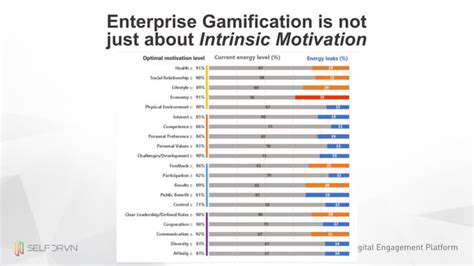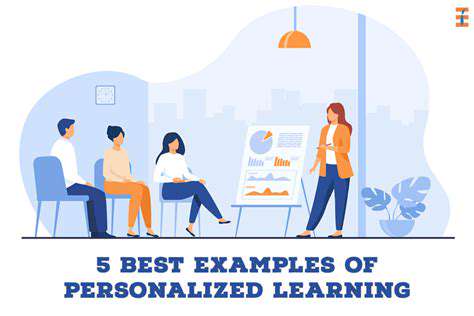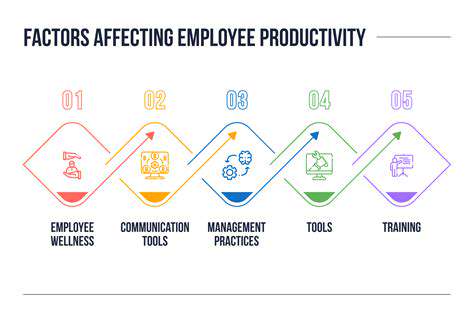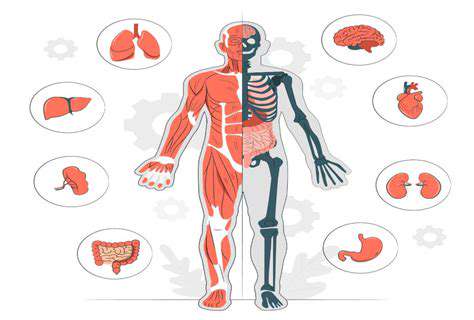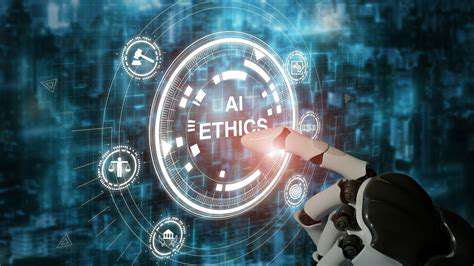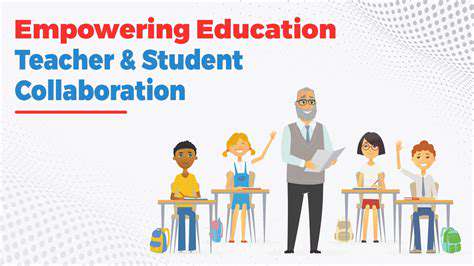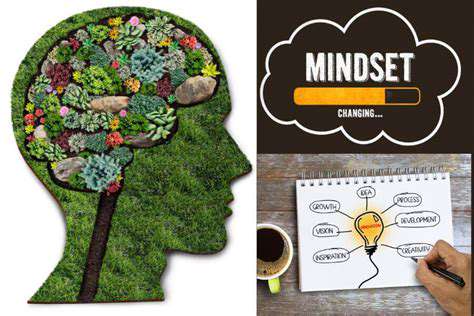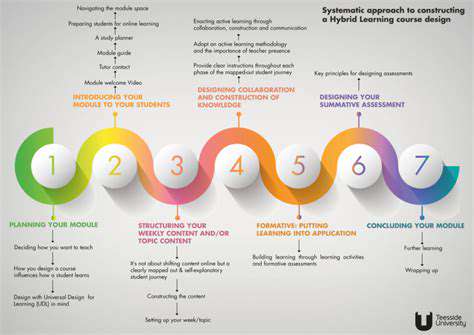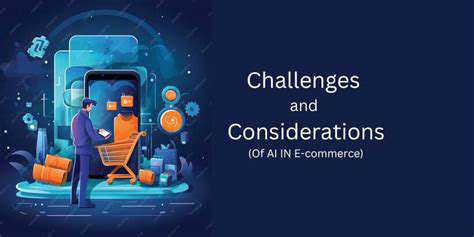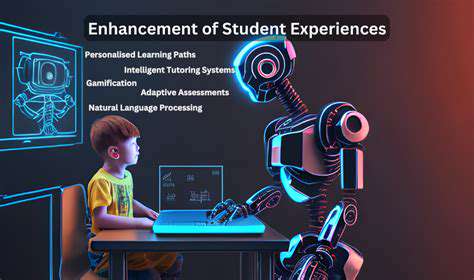Designing Inclusive EdTech: Accessibility for All Learners
Addressing Diverse Learning Needs Through Inclusive Features
Understanding Diverse Learning Styles
Recognizing that learners absorb and process information differently is crucial in creating an inclusive learning environment. Visual learners benefit from diagrams, charts, and images, while auditory learners thrive on lectures and discussions. Kinesthetic learners, on the other hand, prefer hands-on activities and practical applications. Understanding these varied learning styles allows educators to tailor their teaching methods to cater to the diverse needs of all students, ensuring that everyone feels supported and empowered to succeed.
Furthermore, individual learning paces and preferences must be taken into account. Some students may require more time to grasp concepts, while others might excel quickly. Providing differentiated instruction, offering supplementary resources, and allowing for flexible pacing accommodates these differences, fostering a supportive and encouraging learning atmosphere for everyone.
Providing Accessibility for Students with Disabilities
Inclusive education necessitates providing equal access to learning opportunities for all students, including those with disabilities. This involves incorporating assistive technologies, such as screen readers, alternative input devices, and captioning, to ensure that students with visual, auditory, or motor impairments can fully participate in the learning process. Providing a variety of formats for course materials, including text-to-speech options and large-print versions, is also vital.
Implementing clear communication strategies and providing support staff, such as interpreters or tutors, are also key components of accessible learning. These considerations ensure that all students feel included and empowered to reach their full potential.
Flexible and Adaptable Curriculum Design
A truly inclusive education system should feature a flexible and adaptable curriculum that accommodates diverse learning needs. This includes offering varied learning paths and alternative assessments to measure student understanding in different ways. Providing opportunities for students to demonstrate their knowledge through projects, presentations, or portfolios can be beneficial.
Further, teachers should consider modifying assignments or providing alternative tasks to meet the unique learning needs of individual students. This flexibility allows students to showcase their strengths and progress at their own pace, fostering a sense of accomplishment and self-efficacy.
Utilizing Technology for Enhanced Engagement
Integrating technology into the learning process can significantly enhance engagement and inclusivity for all students. Interactive educational software, online learning platforms, and multimedia resources can cater to different learning styles and provide varied avenues for learning and exploration. Moreover, online discussion forums and collaborative projects can foster a sense of community and support among students, regardless of their learning styles or needs.
Promoting a Supportive and Respectful Classroom Environment
Creating a positive and supportive classroom environment is essential for fostering inclusivity. Encouraging respectful communication, active listening, and empathy among students is crucial to ensuring that everyone feels valued and respected. This involves establishing clear expectations for behavior and providing opportunities for students to learn and practice social skills.
Teachers can also actively promote a sense of belonging by incorporating diverse perspectives and experiences into the curriculum. Celebrating cultural differences and promoting understanding among students can create a more inclusive and equitable learning environment.
Collaboration and Communication among Educators
Effective collaboration and communication among educators are essential to ensure that all students receive the support they need. Regular meetings and professional development opportunities can help educators stay informed about best practices in inclusive education and share strategies for meeting the diverse needs of their students. Open communication channels between teachers, parents, and support staff are crucial to ensure that students receive comprehensive and coordinated support.
By working together, educators can create a unified approach to supporting diverse learners, fostering a more inclusive and equitable educational system for all.
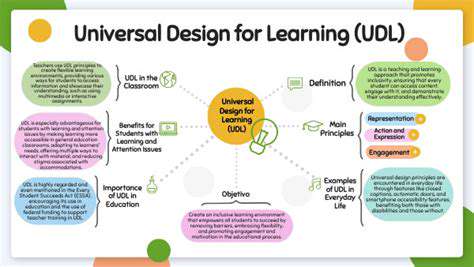
Leveraging Technology for Personalized Learning Paths
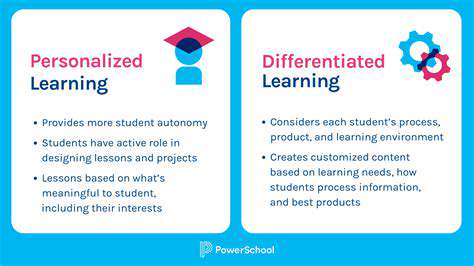
Embracing Automation for Efficiency
Technology empowers us to automate repetitive tasks, freeing up valuable time and resources for more strategic endeavors. Automating mundane processes like scheduling appointments or data entry allows us to concentrate on higher-level thinking and problem-solving. This increased efficiency translates directly to personal productivity gains, enabling us to accomplish more in less time.
Imagine a world where your daily calendar is automatically updated with meetings, appointments, and deadlines. This level of automation, readily available through various digital tools and platforms, can streamline your personal life and reduce the stress of managing multiple commitments.
Optimizing Communication Through Digital Channels
The digital age has revolutionized how we communicate, offering a plethora of tools and platforms that facilitate instant messaging, video conferencing, and collaborative document sharing. These technologies foster seamless connections, enabling us to interact with others across geographical boundaries and time zones.
Effective communication is crucial in both personal and professional spheres. Utilizing digital channels allows for quick and efficient communication, vital for maintaining relationships and staying connected in today's fast-paced world. This includes sending timely updates, sharing crucial information, and maintaining meaningful connections with loved ones.
Enhancing Learning and Skill Development
The internet has become a vast repository of knowledge, offering unparalleled opportunities for self-improvement and skill development. Online courses, tutorials, and educational platforms provide accessible resources for learning new skills and expanding existing knowledge bases. This democratization of learning empowers individuals to acquire new competencies at their own pace and convenience.
Learning is a continuous process, and leveraging technology facilitates this process. From mastering a new language to developing coding skills, online resources offer a wealth of opportunities for personal growth. This constant pursuit of knowledge is vital for personal and professional advancement.
Utilizing Data for Informed Decision-Making
Technology allows us to collect and analyze personal data to gain valuable insights into our habits, preferences, and patterns. This data-driven approach empowers us to make more informed decisions about our finances, health, and lifestyle choices. Analyzing spending patterns, for example, reveals areas where we can optimize our budgets and make more conscious financial choices.
By tracking our daily activities and habits, we can identify patterns and trends that might otherwise go unnoticed. This understanding helps us make more informed decisions about our well-being and allows us to create personalized strategies for achieving our goals. For example, monitoring our sleep patterns can lead to adjustments that improve our overall health and productivity.
Read more about Designing Inclusive EdTech: Accessibility for All Learners
Hot Recommendations
- The Gamified Parent Teacher Conference: Engaging Stakeholders
- Gamification in Education: Making Learning Irresistibly Fun
- The Future of School Libraries: AI for Personalized Recommendations
- EdTech and the Future of Creative Industries
- Empowering Student Choice: The Core of Personalized Learning
- Building Community in a Hybrid Learning Setting
- VR for Special Education: Tailored Immersive Experiences
- Measuring the True Value of EdTech: Beyond Adoption Rates
- Addressing Digital Divide in AI Educational Access
- Preparing the Workforce for AI Integration in Their Careers
